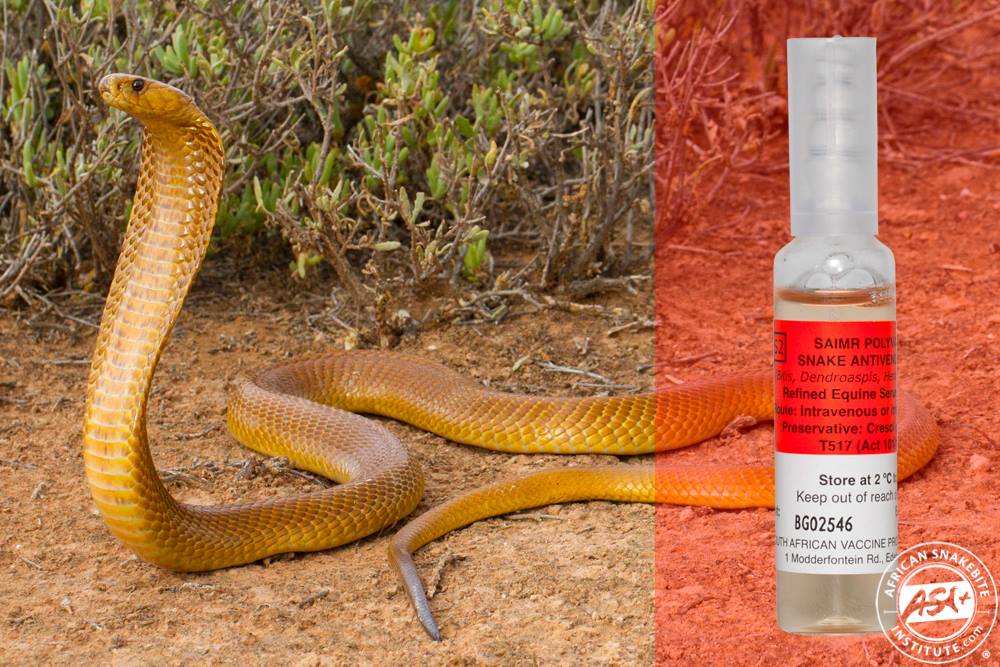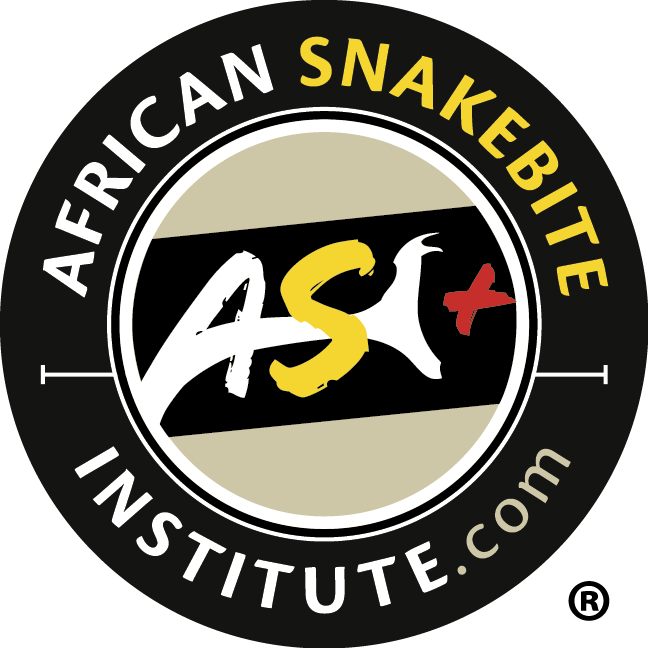The only effective treatment for severe snakebite envenomation from a potentially deadly snake is antivenom. Using antivenom is not easy and, like most drugs, it has its disadvantages but in the right hands, and at the right time, it can be life-saving.
Yet people often have a poor understanding of how it works and there are endless myths about antivenom killing more people than the snake venom itself. Not to mention numerous myths of “miracle cures” including antihistamine, cortisone and Vitamin C.
History of antivenom in Southern Africa:
Antivenom for snakebite was first developed back in 1886 and local production started in Pietermaritzburg in 1901, but in small quantities with most of the antivenom still being imported from the Pasteur Institute in Paris, France. In those days one could purchase a 10 ml vial of cobra or mamba antivenom from Mr. F.W. FitzSimons, Director of Port Elizabeth Museum.
In 1928 the South African Institute for Medical Research (SAIMR) started producing antivenom which was initially limited neutralising only the venom of the Cape Cobra and Puff Adder, but Gaboon Adder venom was included into the manufacturing process in 1938. Around this time the first monovalent Boomslang antivenom was also developed.
Rinkhals venom was then added followed by the production of different mamba antivenoms in the 50’s and 60’s and in 1971 the venom of the Forest Cobra, Mozambique Spitting Cobra and Snouted Cobra was included to produce a polyvalent antivenom that is still manufactured today.
Antivenom is now produced by the South African Vaccine Producers in Sandringham, Johannesburg and the polyvalent antivenom is made from venom from 10 snake species: Puff Adder, Gaboon Adder, Rinkhals, Green Mamba, Jameson’s Mamba, Black Mamba, Cape Cobra, Forest Cobra, Snouted Cobra and Mozambique Spitting Cobra.
How it’s made:
Antivenom is raised in a variety of animals including sheep, donkeys and camels but in South Africa we use horses. The South African Vaccine Producers make antivenom by hyper immunising horses, a process that takes around nine months during which small quantities of snake venom are injected into horses, not enough to do harm the horse, but enough to trigger its immune systems. The amount of venom injected is gradually increased as the horse becomes more resistant to the venom. Snake venom is sourced from individuals and companies locally and elsewhere in Africa. Once immune, blood is drawn from the horse at two month intervals and the serum is removed from the blood, the latter is returned to the horse and the serum purified. It is bottled in 10 ml vials in liquid form.
Species covered:
The venom of the following snakes is used in the production of Polyvalent Antivenom: Black Mamba (Dendroaspis polylepis), Green Mamba (Dendroaspis angusticeps), Jameson’s Mamba (Dendroaspis jamesoni), Cape Cobra (Naja nivea), Forest Cobra (Naja subfulva), Snouted Cobra (Naja annulifera), Mozambique Spitting Cobra (Naja mossambica), Rinkhals (Hemachatus haemachatus), Puff Adder (Bitis arietans arietans) and Gaboon Adder (Bitis gabonica).






